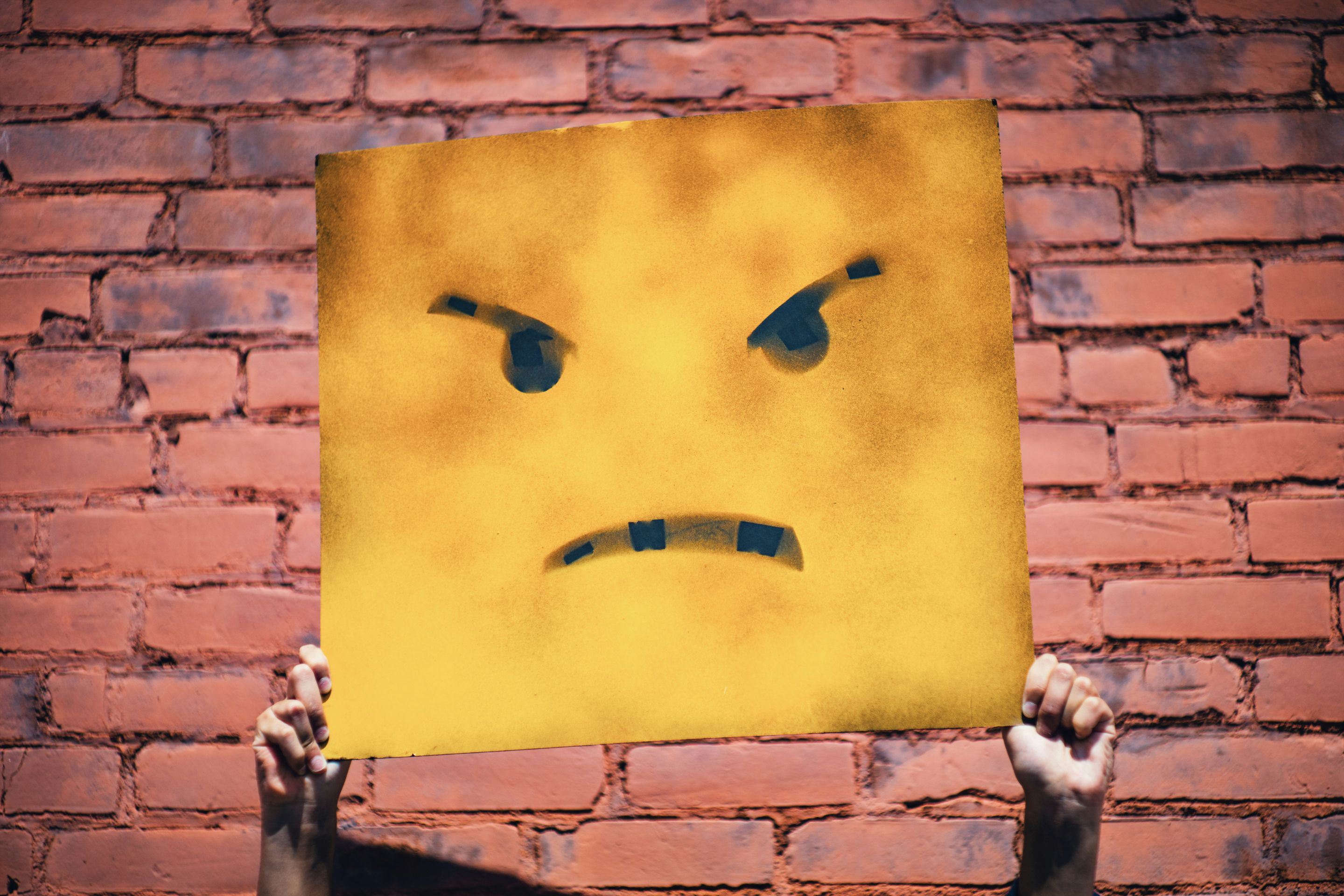I have been studying for yet another big exam...luckily, this exam was free, and if it turns out well, your boy is practising out of the country this time.
Different people were giving different explanations for a condition called Hydrops Fetalis, where a baby dies while in the womb because it is being rejected by the mother's immune system.
I thought about writing a post to explain the whole process, but I thought I should take the post down in stages so that anyone would be able to understand it.
Before I take you through the sad story that is Hydrops Fetalis, I would like to let you know in simple terms that the human body is xenophobic.
Yes, I said it, xenophobic! Racist, Hateful and possibly bigoted. The human body does not like foreigners and will destroy anything that it thinks is not its own.
This is the first time that I would support these sorts of sentiments towards foreigners because, without this, we wouldn't be able to function.
If this weren't a constant fixture, the heart wouldn't be able to beat properly cause the valves would be destroyed by bacterial organisms, or the brain's covering would get infected, leading to seizures or the stomach would erode itself under the influence of Helicobacter and be perforated. The list goes on and on, and each of these would eventually lead to death.
You see, at every point in time, there are different intruders trying to gain control over cells, tissue, organs or systems in the body. In order for us to stay alive, our body has to mount some form of resistance against these intruders.
There are two ways that the body successfully does this.
The first way is known as the INNATE IMMUNITY. Meaning the body didn't have to do much to achieve this. It simply came with these functions and structures that keep the invaders at bay.
One example of this is the skin. Though seemingly useless, the skin provides a barrier for organisms to pass through to get into the blood or deeper tissue, like muscle and fat.
The skin is like a very durable piece of waterproof material that covers the whole body and comprises the hair follicles and sweat glands (to name a few components) that aid the function of this barrier.
Some other forms of this type are the mucosal membranes within the mouth and gut. The secretions of these organs, and also the cells that are first responders (Natural helper killer cells, phagocytes or eosinophils and basophils), when these barriers are broken.
Sometimes, the skin, for example, can get vulnerable to physical elements like cuts or chemical elements like medication or biological elements like aggressive microorganisms.
One quick way to remember innate immunity is to ask yourself if babies have this form of immunity developed...if the answer is yes, then that is probably innate.
The other defence process the body has is called the ACQUIRED IMMUNITY. This typically kicks in when the innate immunity has failed.
As the name implies, it comes with time, so if babies don't have it, then it's acquired.

This process is slow and needs development. It needs several other subprocesses that end with the body saying, "Wee don’t tayke kahnd-lee tuh yer kahnd ‘round hee-uh! So yew bettuh skee-eet!" (with a US southern drawl accent).
For this to take place there are two key things that need to be present. Antigens (face/race/culture/dressing/accent/identifier) and Antibodies (the action).
So say the bacteria/foreigner manages to cross the border, getting through the skin, or the mucosal membranes of the mouth, throat, lungs, stomach or intestines and finds its way in the capillaries and evades the first responders (AKA border patrol). It now has to deal with the acquired immune system.
The problem with the acquired immunity I have already stated is that it is slow. So in the first instance, the body will be affected. That's why babies and toddlers are more likely to fall ill than older children and adults.
Eventually, if the Human body survives the first attack, antibodies are made, and the next attack will be milder than the initial one.
This forms the basis of immunisation (sending in weakened or dead organisms or organism parts to build acquired immunity), acquired immunity from the breastmilk of a mother (as it contains antibodies), taking in antibodies artificially (to help fight active infections) and special cells that are designated to the process of fighting after a long process of development.
It is also this whole process that leads to the condition known as Hydrops Fetalis and eventually leads to a baby dying within a mother. The mother's body sees the child as a foreigner within its body and sends antibodies to destroy every cell in the fetus.
To find out more on this topic, stay tuned for the rest.
